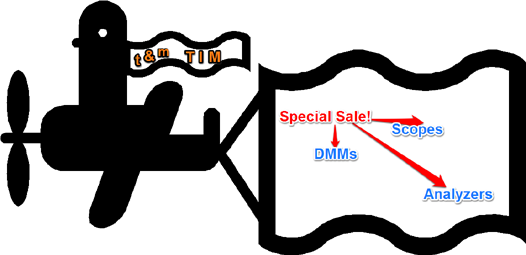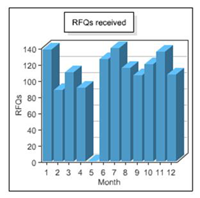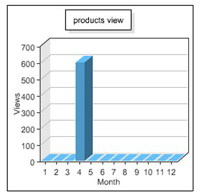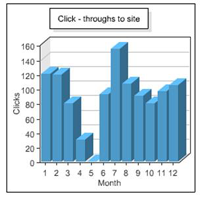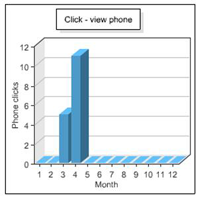The Digital Multimeter (DMM) is the most fundamental test and measurement instrument in the electronic technician kit or engineer’s lab bench. It provides a number of functions, the most common being resistance, voltage and current. Secondary functions can include temperature, induced current, low frequency measurement, and other routine tests needed to troubleshoot circuits.
DMM types
Many technicians use more than one digital multimeter, as they tend to be designed to suit a particular purpose in various environments. A DMM used in a clean room or laboratory is totally unsuitable for use in an outdoor environment or under harsh or hazardous conditions. In practical use, the DMM may need to be operated while wearing gloves during an ice storm, or may need to be handheld, extremely compact, and lightweight for portability. They can be rack mounted in a semi-permanent installation to be in close proximity to equipment that needs to be constantly monitored.
Here is an example of a DMM that can operate in temperatures below -40°C: The Agilent U1273AX.
DMM accuracy standards
Some DMMs are functional and practical, even without routine regular calibration certification. When the tolerance of a resistor may be 10% or 20%, a DMM accurate within 3% is generally sufficient. In the days of analog D’Arsonval meters, parallax distortion and the vagaries of electromechanical movement could result in erroneous readings near 2 to 3%. DMMS are far more stable and immune to misinterpretation of the readout.
DMM longevity
DMMs have a relatively high attrition rate. This is the result of multiple meters required by each technician in the field and not so much a failure of an instrument. DMMs are designed to be used hundreds of times a day, both in laboratory and field conditions. Field equipment is often subject to abuse from impact of a dropped instrument to total immersion in water and similar environmental hazards. Laboratory equipment needs to be replaced as technologies advance and evolve.
DMM features
DMMs are basically the same instrument, regardless of the make or model. What distinguishes one from another are cosmetic appearance and the user interactive interfaces. Each of these differences are highlighted as features. Not every meter can have every feature; it is up to the technician to know which configuration on a DMM is optimal for any given situation.
DMM advanced or enhanced features
Some typical enhancements include dual displays, RS-232, USB or IEEE computer interfaces, audible alarms or tone feedback, which enables the technician to keep his eyes on the device under test rather than on the meter. High-priced options include very tight measurement tolerances. Some enhancements can include backlit LCD displays, as opposed to LED displays. Induced current “clamp meters” and similar exterior measurement accessories are usually optional, but may be included as a part of a package. Some features include hold and store min/max readings, auto-ranging or auto-sensing circuitry and similar hands-free operation. If multiple and various readings are necessary, these features can offer a vast improvement over manual ranging and repeated button-pushing to change DMM settings.
Here is a DMM with a USB host port on the front panel: The Tektronix DMM4040.
Advantages of used DMMs
Of course, this is where Used-Line comes into the story. Leasing companies, larger companies employing scores of technicians, or smaller small- to medium-sized businesses seeking to stay within tight budgets can be well-served by considering procurement of used and re-certified, discontinued models or factory-refurbished DMMs. This is a cost-effective solution that will serve the company now and into the future. All technicians have particular makes and models of test instruments that they have high-confidence with using every day. In field applications, many techs prefer Fluke and Simpson meters for their ruggedness, durability and useful features without resorting to gimmicks or unnecessary bells-and-whistles. Given that some DMMs can cost over $10,000, depending on the degree of precision and accuracy required, buying used or as-new discontinued instruments can make or break a budget.
Selecting the right DMM
Choose the best quality instrument that meets your need. With higher-priced test equipment it is a wise idea to lease an instrument to ensure its suitability to the task. Realize that equipment turn-over for many of the top leasing companies is due to deprecating features or advancing technology. Leasing companies frequently sell their equipment to used-line.com clients in sufficient quantities to make offering them at steep discounts possible, with no sacrifice to name-brand quality, dependability and service.
We can’t exit this blog post without showing a Fluke. If you’re looking for 365-day stability, have a look at the Fluke 8508A reference multimeter.











